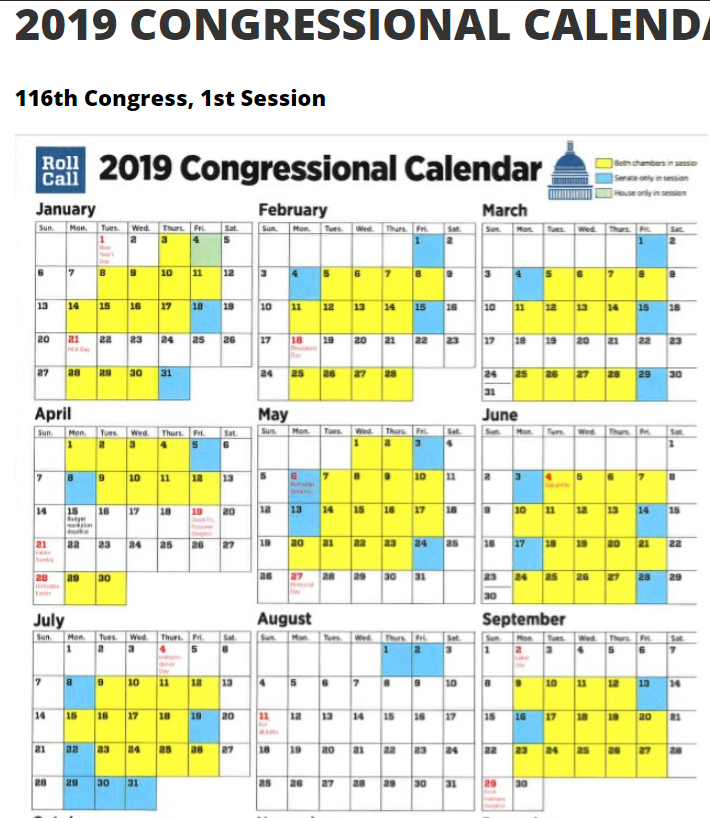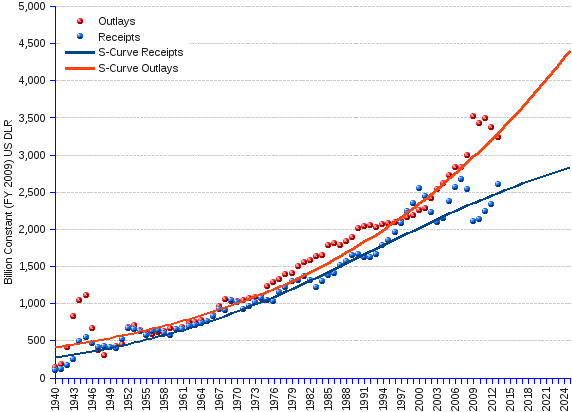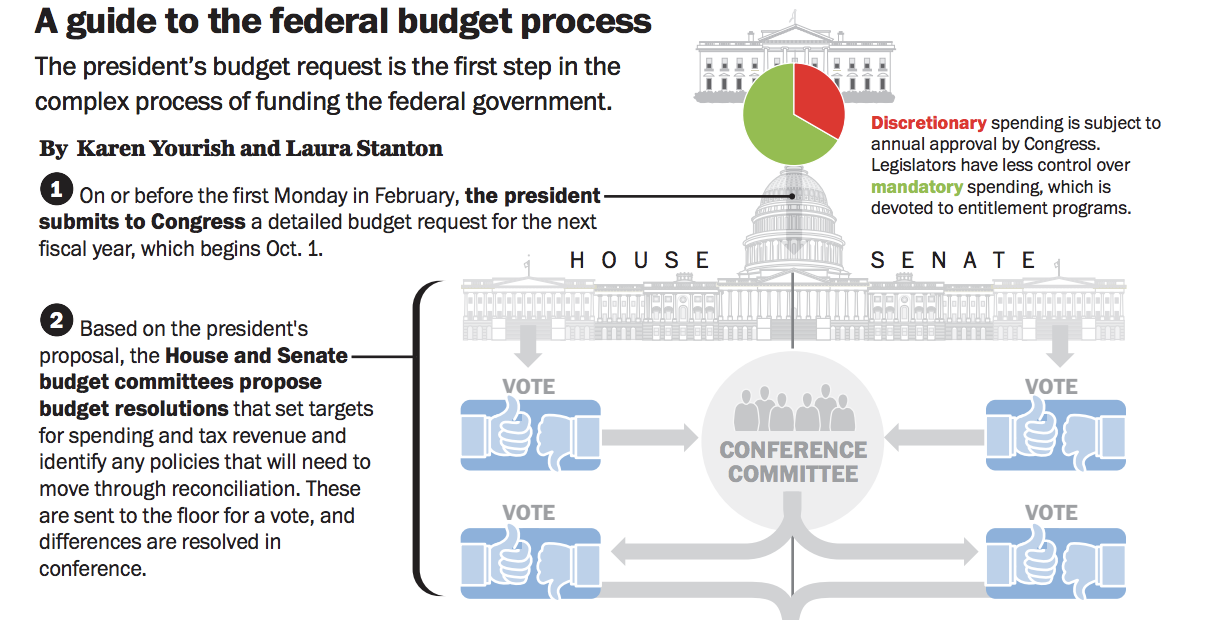
Each subcommittee was tasked with reviewing previously approved statements for clarity, relevance, context, and endurance and determining if each still provided outreach and advocacy opportunities for the Society. The APS Panel on Public Affairs (POPA) subcommittees continued its work in preparation for the Panel's next meeting in June. OPA's Greg Mack accompanied Zachary Eldredge and David Somers, physics graduate students at the University of Maryland College Park, for meetings with the staffs of Senate and House members. On April 13, 2016, APS participated in the Science, Engineering, & Technology Working Group's "STEM on the Hill" Congressional Visit Day, which sent members of 34 different science organizations to Capitol Hill to advocate for science.

The letter advocated for sustained science funding and requested Congress to ask the National Academy of Sciences to study the impact of child poverty on STEM performance. President’s mid-session review of White House budget requestįiscal year begins WASHINGTON OFFICE ACTIVITIESĪt the APS March Meeting 2016, the APS Office of Public Affairs (OPA) helped 938 meeting attendees make an impact by sending the APS Contact Congress letter to their senators and representatives. House completes work on all appropriations bills House Appropriations Committee reports last appropriations billĬongress completes reconciliation bill (if required by Budget Resolution) House begins work on appropriations bills even if no Budget Resolution

Senate Budget Committee reports Budget Resolution

Still, given the short legislative calendar in a presidential election year and the objections of fiscal conservatives, it is unlikely that Congress will be able to meet the October 1 deadline and once again resort to a Continuing Resolution followed by an omnibus spending bill.Ĭongressional Budget Office: Economic & Budget Outlook ReportĬongressional committees send Views & Estimates to Budget Committees In the absence of a Budget Resolution, House and Senate appropriators have begun work on funding bills based upon the total spending limit established last December. It would severely constrain all federal applied and high-risk research funding, including support for Advanced Research Projects Agency - Energy (ARPA-E) and Energy Efficiency & Renewable Energy (EERE) in the Department of Energy. The House language would eliminate the Department of Commerce and transfer basic research programs housed in the National Institutes of Standards and Technology (NIST) to the National Science Foundation (NSF) and those in the National Oceanographic and Atmospheric Administration (NOAA) to the Interior Department. Although the likelihood of passage of a congressional budget resolution is small, it is worth considering several elements contained in the version that passed the Republican-controlled House Budget Committee 21 to 11 on a party-line vote.

The Republican Senate leadership has refused to consider a Budget Resolution until the House has adopted its version. The president submitted his budget request more than a week late, and neither the House nor the Senate was able to move a budget resolution by the April 15 deadline.Īlthough the House Budget Committee completed its work on schedule, the House Freedom Caucus, a group of several dozen Republican fiscal hawks, tied up floor action on the legislation, which it found to be too costly, even though it adhered to the spending limits in last December’s two-year budget agreement. For more than two decades, Congress has not met the timetable, nor has the White House in the recent past. Section 300 of the Congressional Budget Act of 1974 provides a timetable (reproduced below) intended to ensure that Congress is able to finish its budgetary work by October 1, the start of the fiscal year.


 0 kommentar(er)
0 kommentar(er)
